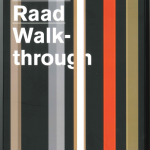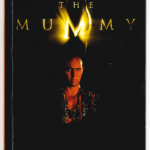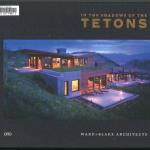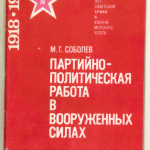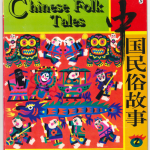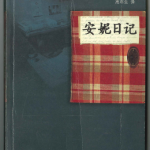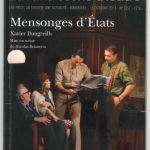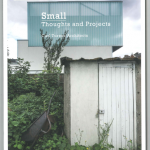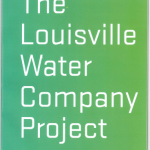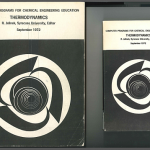Walid Raad, walkthrough. (OCLC #890913763)
This title consists of one pamphlet and seven posters, gathered inside a colorful case. There are several records for it in OCLC, and each handles the physical descriptions in different ways, depending on what the cataloger judged to be was the primary content:
300 __ ǂa 2 v. : ǂb col. ill. ; ǂc 22-24 cm., in slipcase 25 cm.
+ ǂe 6 posters.
300 __ ǂa 6 v. (in slipcase) : col. ill. ; 26 cm.
300 __ ǂa 96 p. ǂb ill. ǂc 25 x 18 cm
I preferred the conciseness of this record:
300 __ ǂa 1 case : ǂb color illustrations ; ǂc 26 cm.
with the details of the contents in a 500 note. RDA 3.4.1.3 (Recording Extent) says to use units from the list of carrier types (“case” is not on this list), but provides an alternative to use a word in common usage (including a trade name) instead.
British Library has an interesting PS for this rule:
Apply alternative b) for hand held digital resources if the appropriate term in common usage is readily ascertainable; for example, use the terms CD-ROM, DVD and DVD-ROM in preference to using a term from the list of carrier types at 3.3.1.3
